The Light Commercial Vehicle Trailer Market is characterized by a dynamic landscape, where competition reflects a mixture of traditional players and innovative newcomers striving for market share. This sector is marked by increasing levels of specialization and technological advancement as manufacturers seek to meet the evolving demands of logistics and transportation.
Factors such as regulatory changes, shifting consumer preferences, and advancements in trailer design and materials are driving competition. The market is also influenced by global trade patterns, economic conditions, and the push towards sustainability, with companies increasingly focusing on the development of eco-friendly trailer solutions.
In a market where customer demands are constantly changing, the need for versatility and adaptability in trailer manufacturing has never been greater, creating a competitive environment that fosters innovation and efficiency among manufacturers.
Daimler AG has a strong presence in the Light Commercial Vehicle Trailer Market, leveraging its extensive expertise in vehicle engineering and innovation. The company is recognized for its high-quality manufacturing standards and robust product offerings, which cater to a broad range of customer requirements.
One of the key strengths of Daimler AG is its commitment to sustainability, as it has invested heavily in developing environmentally friendly trailers and associated technologies. This forward-thinking approach not only enhances the company's reputation but also attracts environmentally conscious consumers.
Additionally, Daimler AG's well-established global distribution network ensures that its products reach diverse markets efficiently, further solidifying its position in the industry. The company's focus on research and development enables it to consistently introduce cutting-edge trailer solutions, maintaining a competitive edge in a rapidly evolving marketplace.
Wabash National is another significant player in the Light Commercial Vehicle Trailer Market, recognized for its innovative designs and pioneering approach to trailer manufacturing. The company stands out due to its specialization in composite materials and advanced aerodynamic technologies, which result in lighter and more efficient trailers that contribute to fuel savings and lower emissions.
Wabash National emphasizes customer collaboration, tailoring its products to meet the specific needs of clients, which enhances customer satisfaction and loyalty. Moreover, Wabash National's commitment to safety and compliance with industry regulations further reinforces its credibility in the market.
The company has established a solid reputation for reliability, which is a crucial factor for businesses looking to invest in durable and dependable trailers.
By continuously exploring new technologies and refining its manufacturing processes, Wabash National is well-positioned to adapt to changing market demands, ensuring its competitive advantage remains strong within the Light Commercial Vehicle Trailer Market.


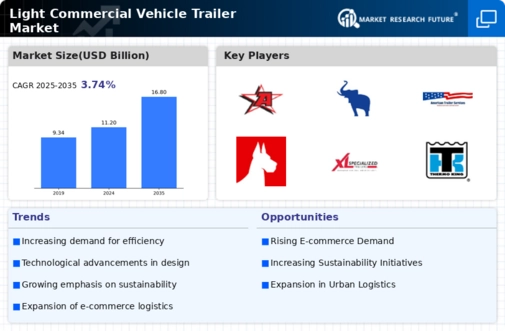
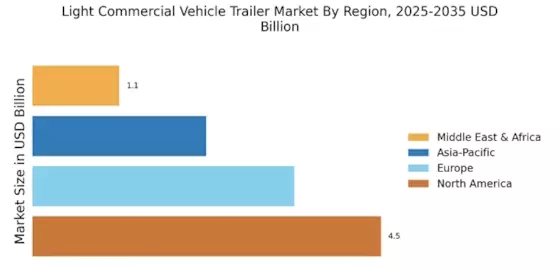
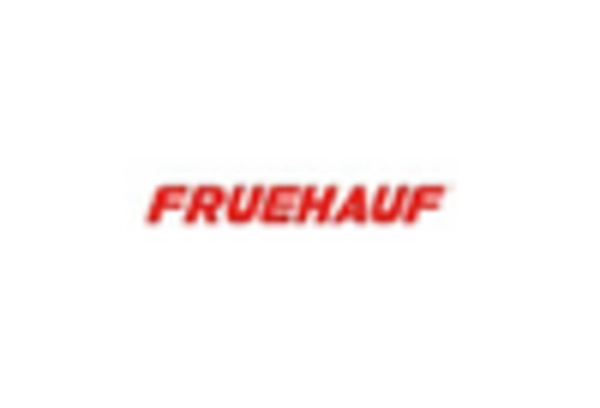
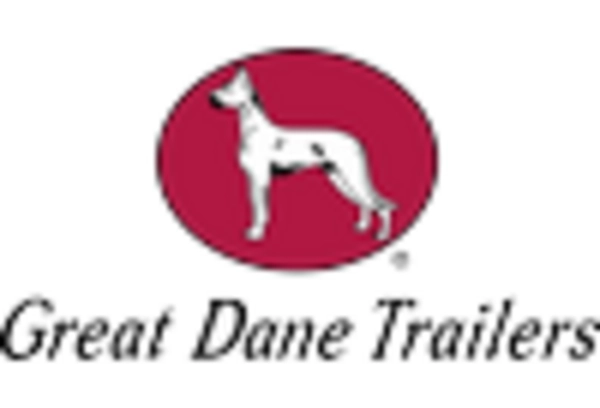


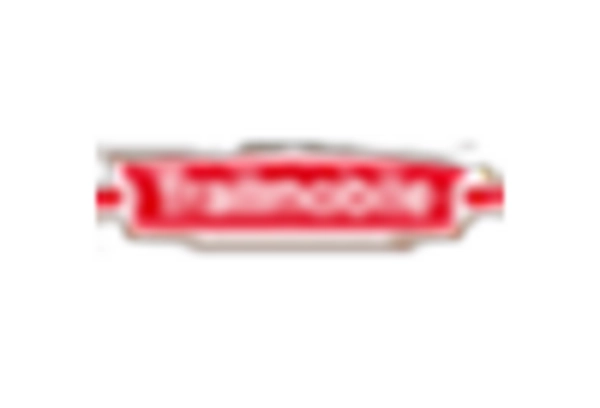









Leave a Comment